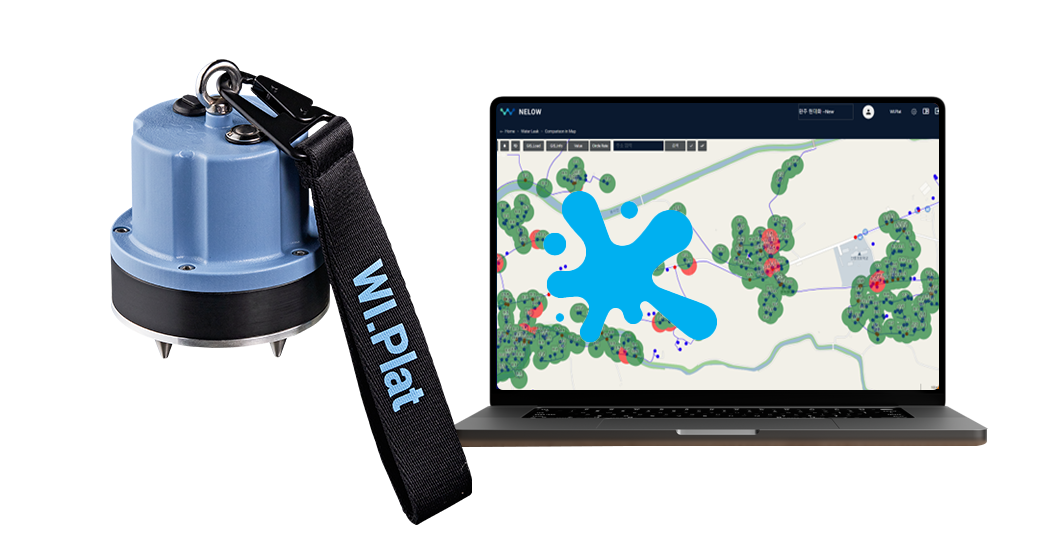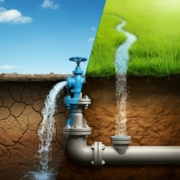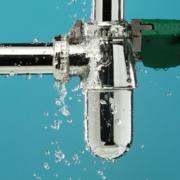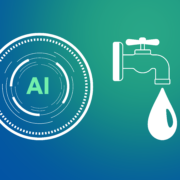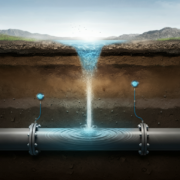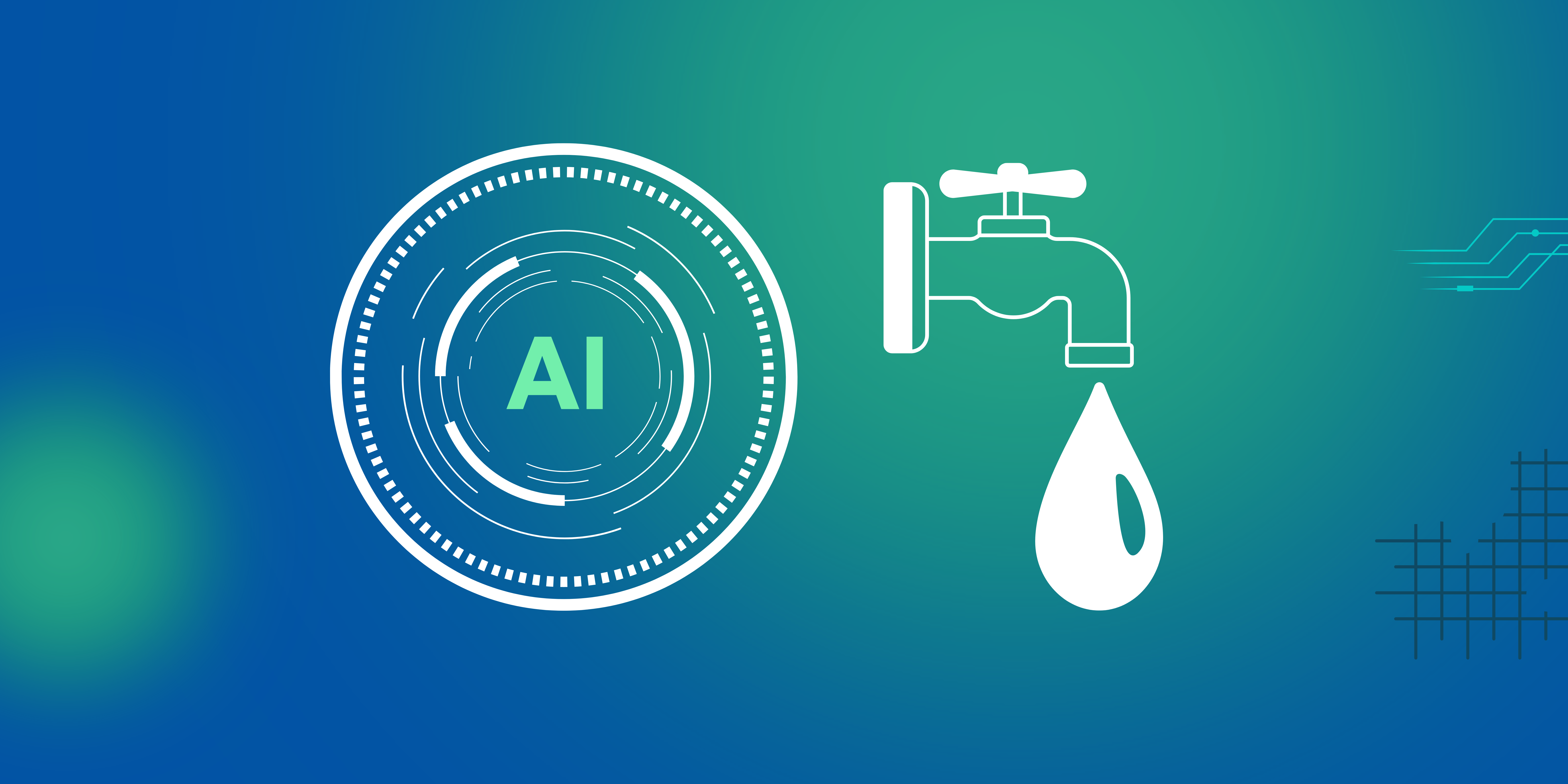Best Water Leak Detector: Exploring Advanced Technologies for Effective Leak Management
The American Society of Civil Engineers estimates that in 2019, the United States incurred a loss of $7.6 billion worth of treated water solely due to leaks, a figure that has more than doubled over the past two decades.
Mitigating water leaks not only holds the potential for substantial cost savings but also addresses the significant additional expenses associated with water loss and infrastructure damage.
Water leak issues are increasingly gaining global attention, yet managing leaks remains a challenging endeavor. This complexity arises from the inaccessibility of underground pipes, the intricacies of aging infrastructure, and environmental factors that complicate detection methods.
While a variety of water leak detectors are available on the market, these devices are primarily designed for use by trained professionals. Effective utilization of such technology typically demands not only advanced technical knowledge but also significant hands-on experience in the field for 5~10 years.
To overcome the complexity and reliance on specialized knowledge in leak detection, WI.Plat’s system leverages artificial intelligence and a comprehensive database to offer an efficient leak-detection solution. This system enables regular, cost-effective inspections, supporting sustainable leak management.
This blog will cover what water leak detectors are, how they work, the different types available, and the latest trends in this important technology. The guide will offer clear information, helping to understand water leak detectors.
What is a Water Leak Detector?
A water leak detector is a device specifically designed to help locate the exact position of leaks in underground pipelines. These detectors are crucial tools for identifying the source of water leaks, enabling timely repairs, and minimizing water loss.
They work by analyzing data from various sources, including water pressure, flow rate, and acoustic signals (leak sounds), to accurately detect and pinpoint the location of leaks within the water distribution system.

– How Water Leak Detectors Work
Depending on the type of sensors, these water leak detectors collect data on water pressure, flow rate, or leak sounds from water supply systems installed at facilities like water meters or valves.
These facilities are directly connected to the underground pipelines, making them optimal points for collecting leak-related data. By analyzing this data, the detectors can accurately identify the presence and location of leaks within the water distribution system.
Water pressure and flow measurement devices are designed to measure the pressure or flow rate within a water supply system. These devices are typically installed within a specific section of a District Metering Area (DMA) to monitor the area for potential leaks.
By analyzing the pressure and flow data, these devices can help determine if there is a leak within that particular zone. In a more narrow sense, water leak detectors refer to tools specifically used to pinpoint the exact location of a leak, ensuring precise identification for effective repair.
– Types of Best Water Leak Detectors: Acoustic, Correlation, and More
There are several types of water leak detectors:
-
Acoustic-type:
An acoustic leak detector is a device that listens for the sound of water escaping from pipes or other water infrastructure. It helps pinpoint the exact location of a leak by detecting the noise generated by the leaking water, making it especially useful in identifying leaks in underground or difficult-to-access areas.
Typically, these acoustic leak detectors are designed for experts to listen directly to the sounds captured by the device, enabling them to identify the presence and location of a leak through auditory analysis.
-
Correlation-type:
Correlation-type leak detectors use multiple sensors placed at different points along a pipeline to detect leaks by analyzing the time delay between the leak noise reaching each sensor. By comparing these signals, the device calculates the exact location of the leak, making it a precise method for pinpointing leaks in water supply systems.
Correlation-type leak detectors have a few limitations, such as being sensitive to environmental noise, which can lead to inaccurate results. Additionally, these systems require a precise setup with multiple sensors along the pipeline, making them complex and time-consuming to deploy. Moreover, the advanced technology involved typically results in higher costs, making them less accessible for smaller-scale applications.
-
Gas-based-type:
A gas-based leak detector is used to accurately pinpoint the location of leaks by injecting a specific gas into the water pipeline. Once the gas is introduced, it escapes through the leak points, and sensors detect the escaping gas to identify the exact location of the leak.
This method is highly effective for detecting even the smallest leaks that may be challenging to find using other methods. However, to conduct this type of leak detection, the water supply must be temporarily shut off, and the process of injecting gas can involve additional costs and time.
-
Ultrasonic-type:
Ultrasonic leak detectors are effective in identifying leaks by measuring the sound waves produced by the flow of liquid through pipes. These devices are highly accurate and can detect even the smallest leaks in hard-to-reach areas.
However, ultrasonic devices are quite expensive, and their effectiveness can be influenced by environmental noise, so they are often used alongside other methods to ensure accurate leak detection.
-
GPR:
Ground Penetrating Radar (GPR) leak detection equipment is used to locate underground leaks by emitting radar pulses that penetrate the ground and reflect signals, indicating the presence of leaks or other anomalies.
GPR is non-invasive and effective for detecting leaks without excavation, but the equipment is expensive and its effectiveness can be impacted by soil conditions and nearby underground structures.
Advanced Technology Integration to conventional leak detectors
Recent trends in water leak detection technology emphasize the integration of AI, IoT, and predictive analytics. AI-powered systems are providing unprecedented accuracy in detecting leaks, while IoT devices enhance real-time monitoring capabilities.
Predictive models driven by data analytics are also emerging, allowing for the anticipation of potential leaks before they occur. These advancements are addressing challenges like aging infrastructure and global water stress, ensuring more efficient and sustainable water management.
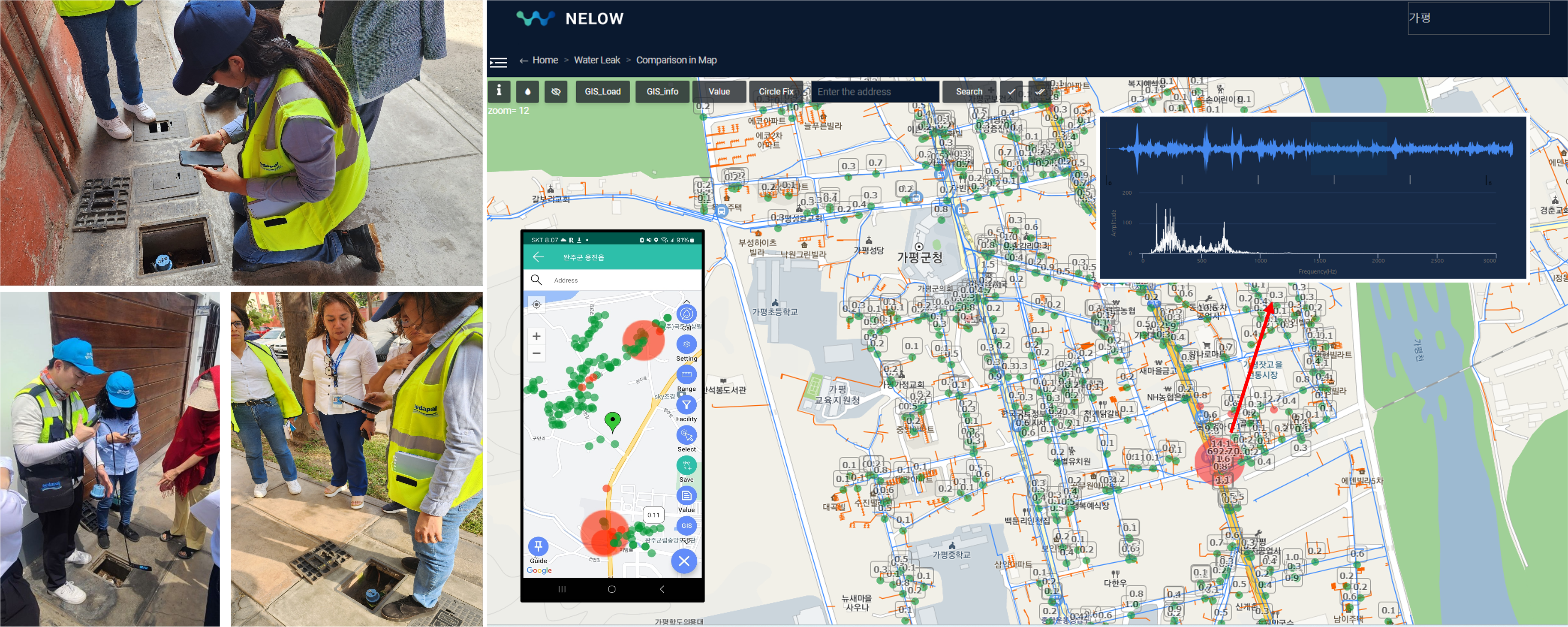
– Intelligent Water Leak Detection System: NELOW
WI.Plat’s Intelligent Water Leak Detection System, NELOW, is one of the advanced leak detection solutions that utilizes cutting-edge digital technologies. This system integrates innovative digital technologies like artificial intelligence (AI), the Internet of Things (IoT), and cloud technology.
Consisting of IoT hardware devices and web software, this solution allows even non-experts to perform water leak detection after just one day of training. The AI embedded in the software analyzes data collected by IoT devices on-site, and as more data is collected, the system’s accuracy improves. The cloud-based system also allows for easy implementation anywhere with internet access.
This combination of technologies not only enhances leak detection accuracy but also streamlines the entire process, making it more adaptable and responsive to the complexities of modern water infrastructure.

The Impact of Using the Best Water Leak Detector
NELOW system has been implemented in South Korea and 8 other countries since 2020.
In one case of Wanju city in Korea, in three months, the Yongjin DMA witnessed a remarkable 11% reduction in NRW, decreasing from 29% to a commendable 18%.
The implementation of NELOW not only resulted in substantial water savings of approximately 80,000 tons per year but also demonstrated the effectiveness of performance-based NRW reduction strategies.
Choosing the Best Water Leak Detectors for Your Needs
While various advanced technologies are available for leak detection, users must consider factors such as time, budget, and environmental conditions When choosing a water leak detector. Modern leak detection solutions are made and also developed to adapt to these various factors.
However, it’s important to remember that most water leaks occur underground, and environmental factors can significantly impact detection efforts. Despite these challenges, innovative and accessible water leak detectors can provide valuable support for regions struggling with leak management.
WI.Plat’s NELOW system stands out for its ease of use, enabling consistent and precise leak detection without the constraints of time or specialized personnel. By integrating cutting-edge technologies, the NELOW system offers a highly versatile and reliable solution for modern water infrastructure management.
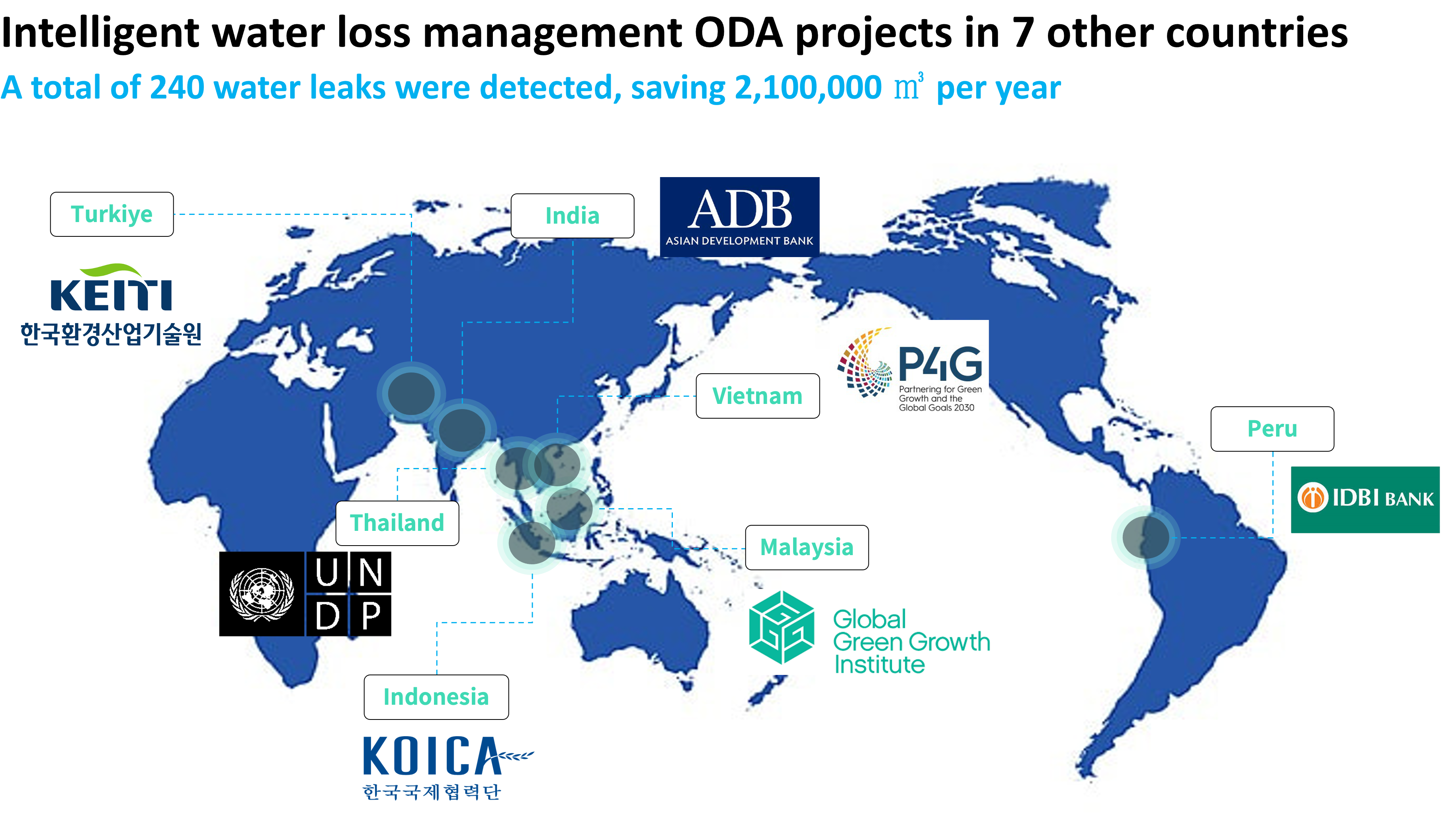
Future blog posts and case studies will introduce more examples and insights tailored to specific cases.
For more information on WI.Plat’s Intelligent Water Leak Detection system, please reach out through the Contact Us page.

